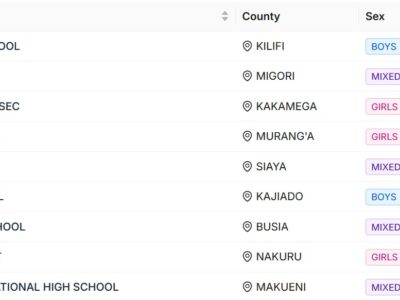Mesothelioma Survival Rates
Survival rate is the percentage of people who survive for a certain period of time. These rates are usually measured in one-, three- and five-year increments. For example, the one-year survival rate for pleural mesothelioma is approximately 38 percent. That means more than one-third of all patients will live one year or longer after their diagnosis.
Improving Your Prognosis
The general prognosis for someone diagnosed with pleural mesothelioma is often unfavorable. However, making informed decisions about treatment, lifestyle changes and overall health can improve survival and quality of life.
Prognosis and diagnosis often are confused. A prognosis is the likely outcome of a disease, like a forecast of how the disease will affect a person. A diagnosis is the medical classification of which disease a person has. A pleural mesothelioma prognosis usually is not favorable, but may vary depending on the stage of the cancer.
Diagnosing the cancer in the early stages offers a more hopeful outlook because doctors can still perform curative surgery to remove tumors.
People diagnosed with this type of asbestos-related cancer can improve their chances of survival. Many have lived well past their life expectancy by electing treatment and improving their overall health. That could include lifestyle changes, and following the advice of knowledgeable specialists and experts.
Understanding Prognosis, Life Expectancy & Survival Rate
Medical professionals use these terms on a regular basis to discuss prognosis. Although they are similar, they are not interchangeable. Learning more about these terms may help you understand your prognosis a little better.
Prognosis
A qualified physician is the only person who can offer a prognosis — or prediction of the likely result of your cancer. Doctors base your cancer prognosis on statistics gathered from others with your type of cancer and stage of disease.
It is only an assessment. There are people who have outlived their prognosis, and you might be able to improve yours, too, by discussing it with your doctor or our Patient Advocates.
Life Expectancy
Life expectancy is the estimated amount of time someone will live after diagnosis. It is measured in months and years. Statistics show close to 40 percent of people who have this rare cancer live one year or longer following diagnosis.
About one in 10 people live longer than three years after diagnosis. Less than 10 percent survive after five years. Remember, your specialist will determine your prognosis and discuss survival rate and life expectancy.
Survival Rate
Survival rate is the percentage of people who survive for a certain period of time. These rates are usually measured in one-, three- and five-year increments. For example, the one-year survival rate for pleural mesothelioma is approximately 38 percent. That means more than one-third of all patients will live one year or longer after their diagnosis.
Circumstances That Affect Your Prognosis
There are a number of factors that determine someone’s individual prognosis. Some of these cannot be changed, including the cancer’s stage and cell type. But you have some control in modifying other factors to positively influence your prognosis.













